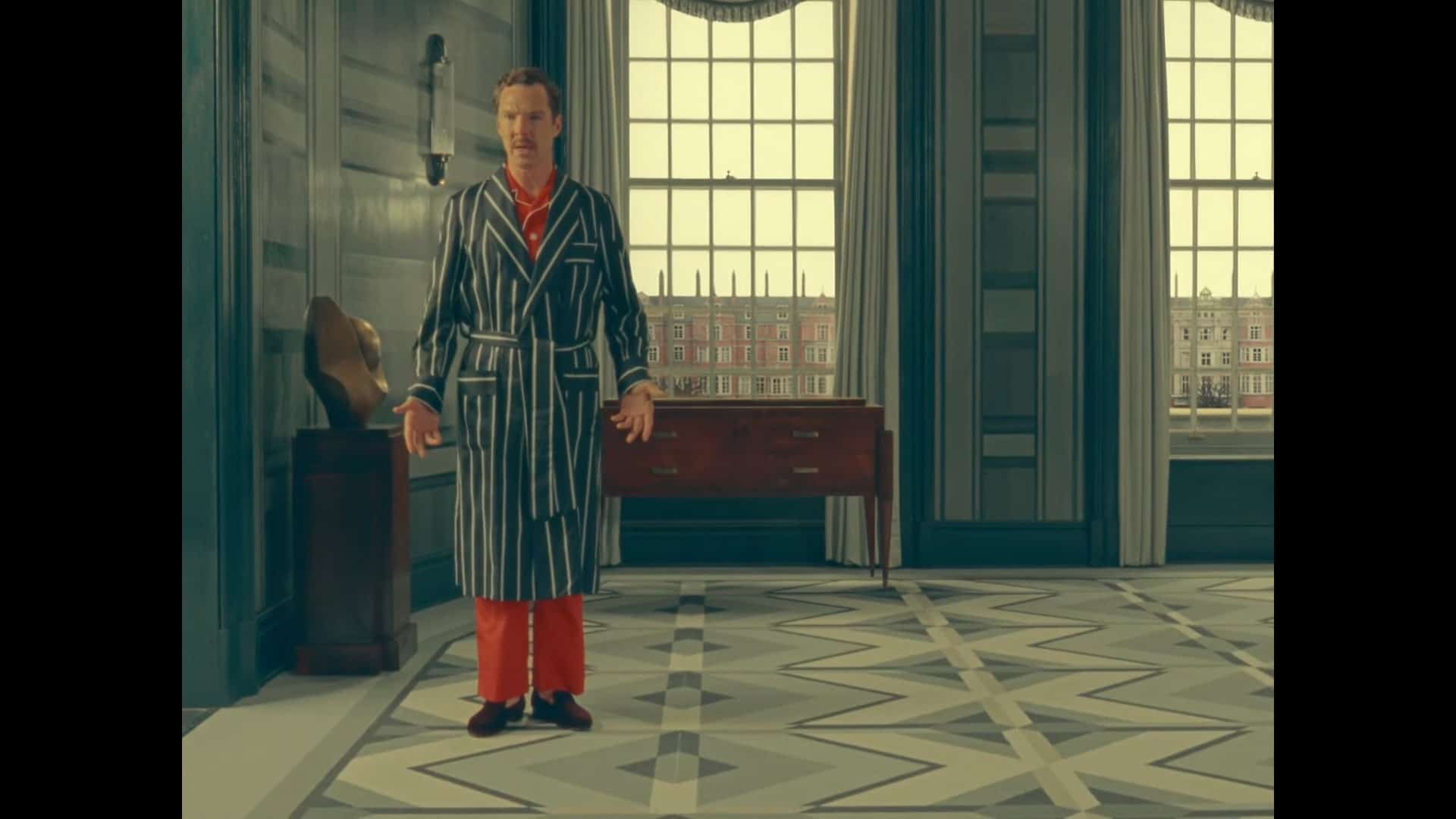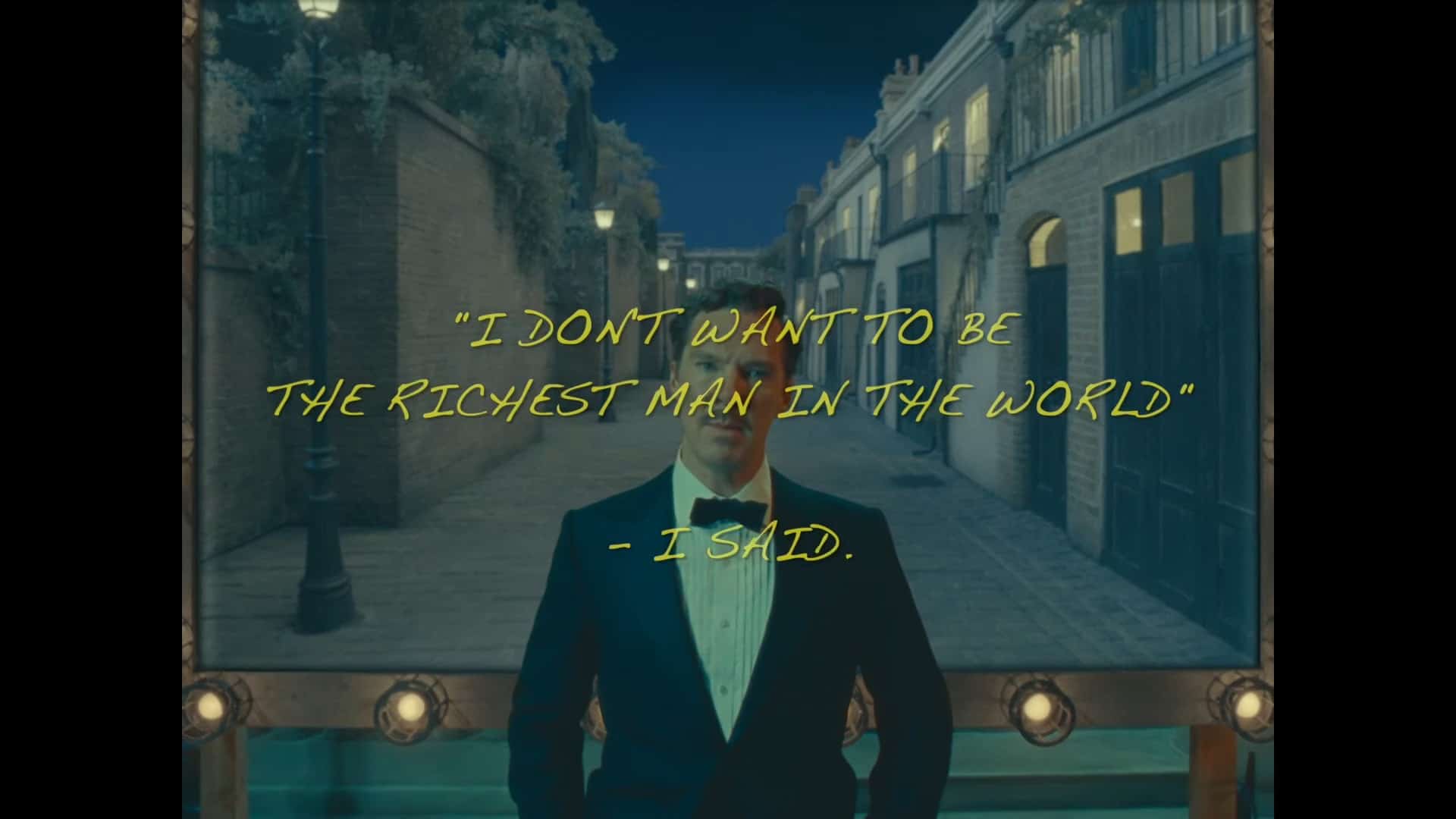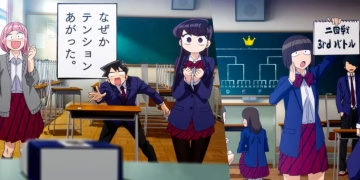Could it be said that The Wonderful Story of Henry Sugar was a revolutionary work for this year? It has a story within another story, which is within another story, and it is also within another story that Wes Anderson has adapted from a Roald Dahl story. It has several levels, all of which add to a strong message that may be drawn from it.
I thought this was a very good adaptation of the story. It’s very Wes Anderson in the way that it’s directed and delivered to us. In fact, I think Wes Anderson outed Anderson himself with this, not only from a visual perspective but from the storytelling perspective, too.
With an OG Wes Anderson spin on the iconic story and the awesome cast, let’s do The Wonderful Story Of Henry Sugar Ending Explained and talk about everything that was important in this movie.
Here is The Wonderful Story Of Henry Sugar’s Ending Explained:
The Meaning of Henry Sugar’s Actions
In The Wonderful Story Of Henry Sugar, it is revealed that Henry Sugar was a man who came across Z. Z. Chatterji’s diaries and was researching a man named Imdad Khan who could see without eyes.
The Great Yogi taught Chatterji how to perform it as an act of remorse for an attack he had committed against him, and Chatterji received extensive training in this over the span of 20 years.
When Henry Sugar saw the study that Z.Z, Chatterjee had conducted during the two days he spent; he sensed an opportunity that would allow him to earn a huge amount of money.
Money was something that he already possessed as a result of the kind of family he had been born into and the way of life he lived.
Roald Dahl told us that Sugar was a guy who enjoyed gambling and making more money, which was something that many wealthy people did. Because no matter how much money they possessed, it was never enough.
Henry Sugar Finds A Way To Get Richer
So, when he discovered the book with a guide for seeing without eyes, he realized how to use it to be able to look through the backs of cards in casinos. His vision of the ideal “get richer, quicker” strategy played on this image and stereotype.
But after learning the techniques in 11 1/2 months and winning a staggering £30,000 in a single night, he left the casino without experiencing the rush he had anticipated from being able to exploit the system.
He also learned he could see inside himself rather than just through cards. He could see a clot in the vein going to his heart.
I believe that Henry Sugar’s efforts to change began with this. He was aware that, regardless of what he had before said, he was no longer invulnerable.
I think this was the starting point for his transformation, and as he understood that the thrill and delight of what he loved—gambling and defrauding his way into a little money—were taken away by being able to get all of that money so easily.
There was no more risk, and this was something that was all too easy for him, and he didn’t see the benefit in being able to access all of that. Hence, we saw him throw it off of his balcony.

The police officer arrives at his door and tells him that he should be giving the money to orphanages and actually doing good with the money; this is when Sugar decides to utilize the skill that he’d learned for good, and not just for greedy purposes.
The Wonderful Story Of Henry Sugar Ending Explained
Henry ended up traveling around the world using different identities in order to not get caught and ended up making hundreds of millions that he was able to use to do good in the world and better the people who needed the money the most.
Such as the hospitals and orphanages that the officer told him about many years ago. He also went on to establish many hospitals and orphanages.
There was a line in the opening part of the movie that I think sums up the journey that Henry Sugar went on and the moral of the overall story.
Sugar was described as being part of a group of people who were not particularly bad men, but they were not good men either. Men who almost didn’t have morals due to being blinded by the wealth that they had. Something which, when the movie opened, he was.
But by the end, he was able to turn his life around and go from being one of the most arrogant, selfish people that they could have been to one of the most generous and thoughtless that they were.
And he did his best to give to the people that needed it most. He devoted the remainder of his life to establishing ways of helping others.
So this story almost showed us that it’s never too late to change and that the good in people can rise to the top.
The true moment where we knew that Henry Sugar had changed was when he was told that he could be the richest person in the world due to the skills that he had, and he simply responded with, “I don’t want to be the richest person in the world.”
A moment that marked a true change in the character and showed that he wanted to do good as he felt as though he had enough.

The Message Behind The Movie
The story is something that is timeless, “doing good for good sake,” and also realizing that “it’s never too late to actually change and make a difference.” So I appreciate the message that it conveys, and I like the fact that it’s actually got a powerful message at the end of it.
I’ve never really read this story before, but after watching the Wes Anderson adaptation, I don’t think I really need to because it feels like this story was told to us word for word. But I know that’s not the case, and I probably should
With there being a few more tells to come over the course of the next few days, it’s going to be interesting to see how they’ll compare to this one.
The Wonderful Story Of Henry Sugar Review
The dialogue in the movie was related to us as if the story was actually being read in the book. The actors utter lines like “I said, and he said” at the end of their sentences, almost as it would have been written down in the book. So, that was a very interesting direction for Anderson to take. I’ve not actually seen anything like it.
It was quite chaotic in its delivery and relatively fast-paced, but it worked quite well for the type of movie that it was.
The short 40-minute run time was perfect for this, as any longer may have actually proved to be a disadvantage to it. We were in; we learned we were showing the message, and we were out, exactly how something like this should be.
The Set Design
This set design, that’s something that has to be spoken about. It was gorgeous and so well thought out. The transition between scenes was done so smoothly, almost as if we were watching some kind of theatre production on stage.
It truly transcended the medium and tight three types of storytelling together: Books, film, and theatre. Something which I can appreciate and feel it’s very unique as not many movies tackle that.

The graininess was something that I also appreciated when it came to the way that it was shot; it felt very representative of the time.
The roughness of the style and the different aspect ratios that were present allowed it to feel like a story that was being told to us. It made me feel immersed within it even more, as they tended to change when we went deeper into the story.
There’s something about the way that they structured Roald Dahl’s Gypsy House with the warm yellow walls and the soft armchair with the graininess of the visuals, which made it feel like a grandparent was telling you the story that was being told to us. It tapped into something in the mind, and I feel like it very much achieved the vibe that it was going for.
The Cast
The cast all had relatively equal screen time. And like in the theatre production, there were cast members that were fulfilling different purposes when we were within different layers of the stories, something which I thought was very interesting and called to see, showing that they each did their part.
Dev Patel, Richard Ayoade, Benedict Cumberbatch, Ray Fiennes, and Ben Kingsley, despite being an intimate caste, managed to tell a story that was immersive and really allowed the multiple layers to have depth, and meaning and to feel like established worlds in their own rights.




